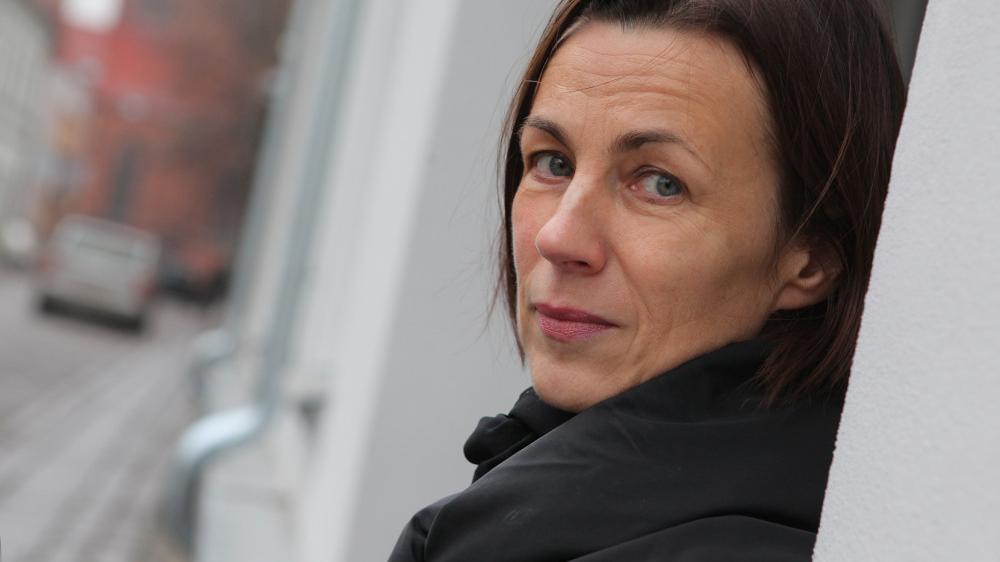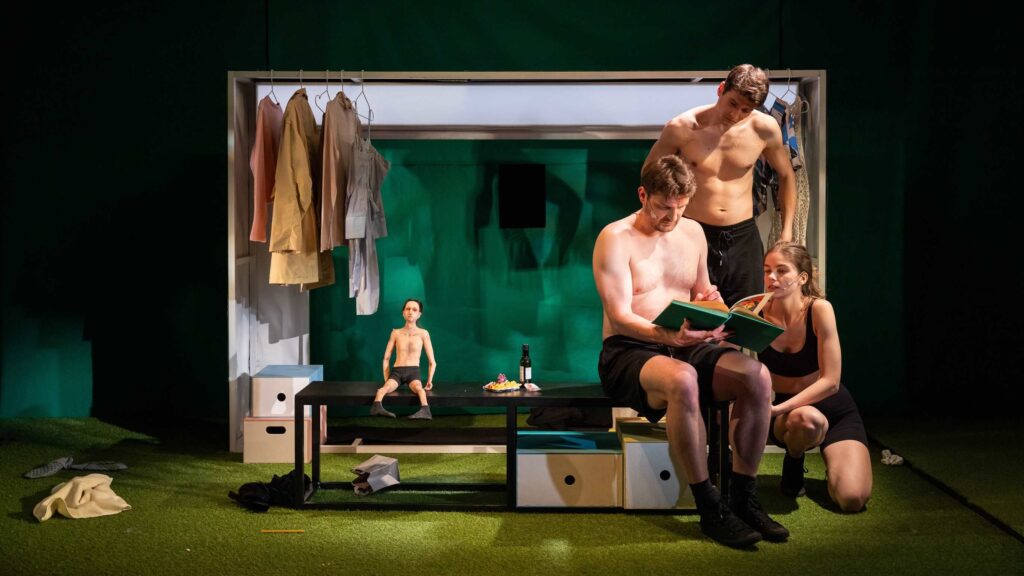At the end of last year, the monograph Jewish Theatre in Interwar Lithuania (Lith. Žydų teatras tarpukario Lietuvoje) by Associate Professor of Vytautas Magnus University, theatre critic, manager and director Ina Pukelytė was published (Kaunas: Vytautas Magnus University, 2017, p.192). Her performance Shalom, Bellissima! accompanied and supplemented the research in its own unique way. The performance is based on the authentic and dramatic family history of Litvak Bella Shirin. Bella Shirin is an ambassador of the project “Kaunas - European Capital of Culture 2022,” whereas the performance has been included in the Memory Programme of the project, which encourages people to know the multicultural heritage of the city of Kaunas better. The creators of Shalom, Bellissima! were granted Kaunas “Fortuna” diplomas on International Theatre Day 2018, while the book was introduced to the general public at the beginning of April.
According to Pukelytė, one of the main aims of the monograph is the reconstruction of the activities of Jewish theatre in interwar Lithuania (1919-1940). Also, after a thorough analysis of various sources and their comparison with the theatre phenomena of the Jewish diaspora in other countries of the world, the author sought to determine how important the Jewish theatre of Lithuania was for the development of international Jewish diaspora as well as the theatre of independent Lithuania. The lists of Yiddish theatre company artists touring Lithuania, the acts of establishment of theatre associations, the tax cases of Jewish theatres and their directors, the lists of foreign artists arriving in Lithuania to work, and iconographic material were analysed. The author believes that most of the foreign academic studies dedicated to the phenomenon of Jewish theatre have been published over the past decades, which clearly indicates that, “similar studies are topical not only in Lithuania, but also in other European countries.”
Ina Pukelytė states that, “This theatre was very busy, like a beehive. One day, the biggest 'stars' of Jewish theatre would come together, perform intensely and enjoy the attention of the audience, and the other - they would vanish completely from the face of Kaunas. After several years, the same surnames would appear in the press of the temporary capital, then new names would appear, and then again they would disappear.”
“Such impressive touring trajectories are simply amazing taking into consideration the modest means of transport of those times. How could they possibly travel so much and so far? Who helped them organise trips, stage performances, invite spectators? I wanted to understand the identity of this wandering theatre.”
“I drew the map of where they were based in order to find out the routes of the actors. I was really surprised to discover that the map was very much alike the one we see created in social networks, for example Facebook. It's the history of nomads, 'liquid' citizens leaving no traces behind them. Let's not forget that the majority of European interwar Jews were killed in the Holocaust mincer, so there is no possibility to hear their stories directly from their lips.”
The author referred to the material and documents stored at or available in Lithuanian periodicals, archives, libraries, museums, foreign archives (YIVO in New York, Yad Vashem in Jerusalem). “The heart of Jewish culture both during the interwar period and now was and still is YIVO, the Institute for Jewish Research. Established in Vilnius, in 1926, it was the only institute for research of its kind in the world. It is the treasury of Jewish culture. After the war, a part of its collections were relocated to the United States of America, and a part remained in Lithuania. That is why I had to work both in New York and in the Lithuanian Central State Archives, where various documents are stored. Moreover, I found articles on Jewish theatre published during the interwar period at the Arsenal Library in Paris, various libraries and archives of Lithuania.”
The author says that one of the greatest challenges for her was the determination of the quality of the performances shown in Lithuania. “There's practically no iconographic material, whereas those several photos that I did find in the press or museums do not say much about the artistic level. I can only rely on the reviews of that time. Critics, i.e. not only representatives of Jewish culture, but also authorities of Lithuanian theatre (Balys Sruoga, Borisas Dauguvietis, Vytautas Bičiūnas and etc.), offered highly favourable comments on Jewish theatre.”
In the opinion of theatre critic, Dr. Rasa Vasinauskaitė, “First of all, the research carried out by the author infects you with the very phenomenon of Jewish theatre, which is reminiscent of that phoenix constantly arising from the ashes, flying all around the world, and leaving its traces in more constant locations. Apart from a more detailed analysis of such traces, Kaunas and interwar Lithuania will only remain as one of the intermediate stops of this unique theatre.”











